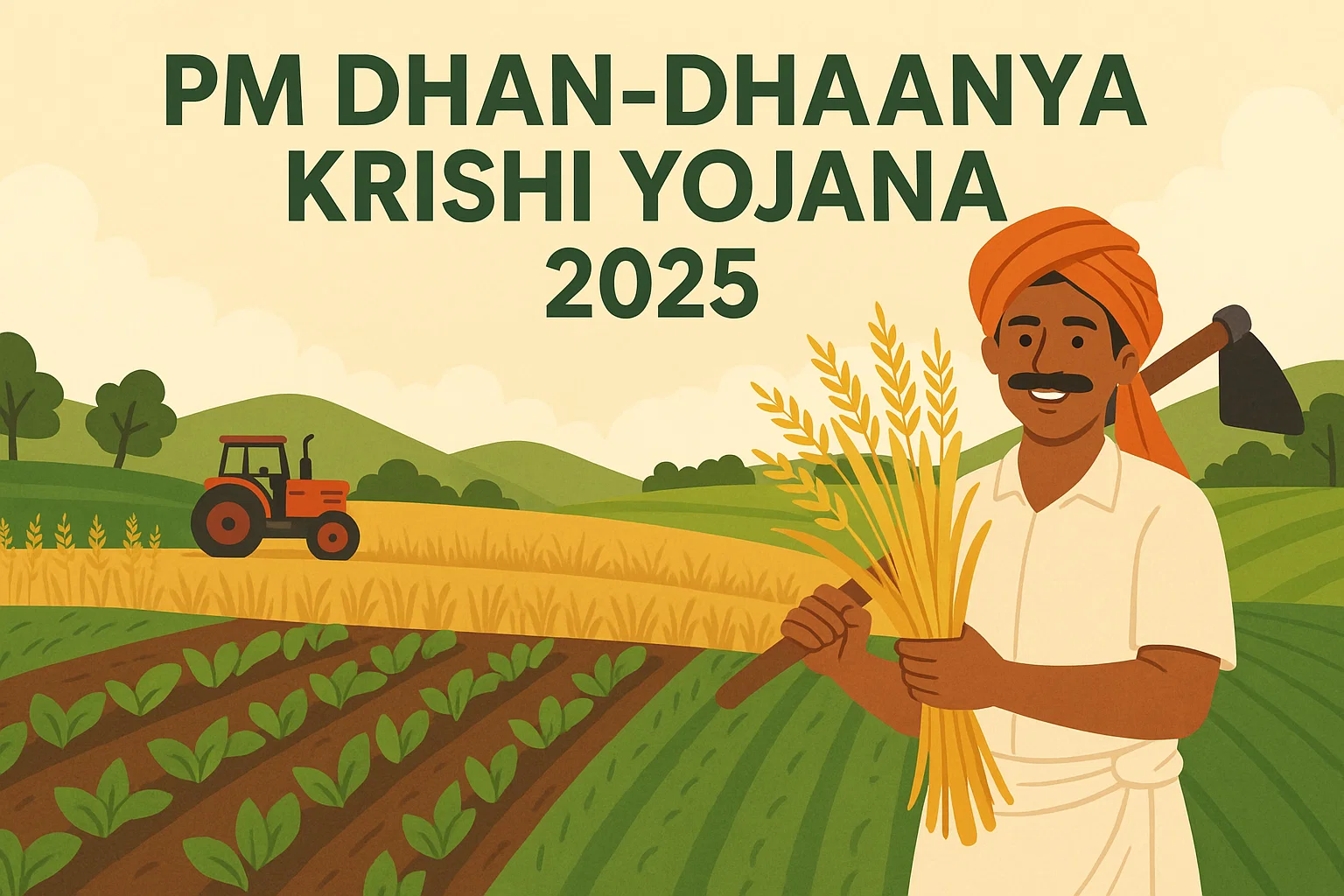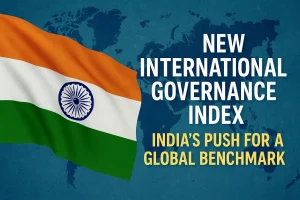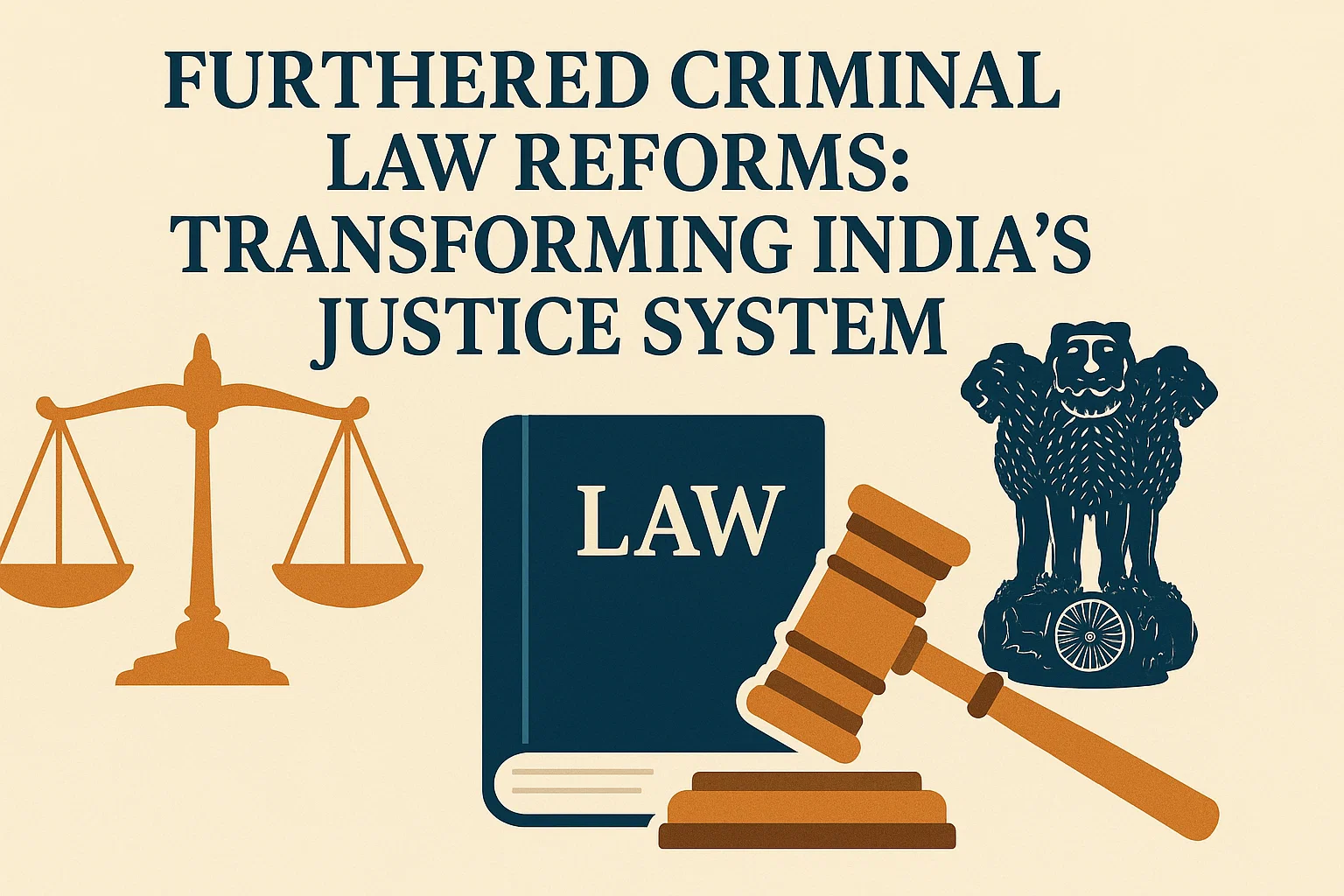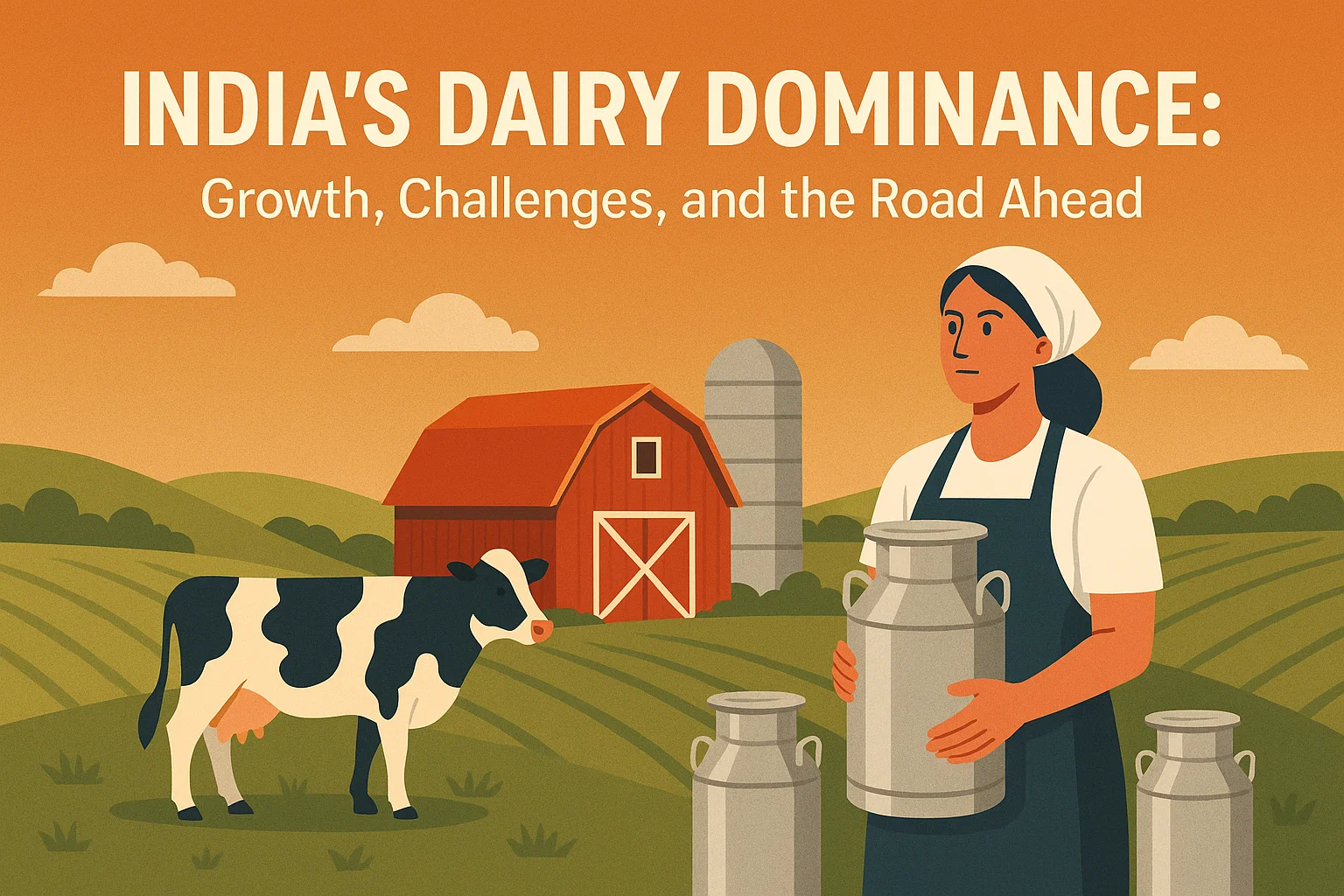PM Dhan-Dhaanya Krishi Yojana 2025
Learn about PM Dhan-Dhaanya Krishi Yojana (PMDDKY), a ₹24,000 crore flagship scheme aimed at transforming 100 low-productivity districts in India through integrated planning, climate resilience, and market-oriented agriculture.
Introduction
The PM Dhan-Dhaanya Krishi Yojana (PMDDKY) is a landmark agricultural development scheme aimed at revitalising low-productivity districts across India. By fostering climate-resilient and market-oriented agriculture, the programme seeks to directly benefit 1.7 crore farmers through a convergence-based approach that integrates multiple government initiatives with state schemes and private partnerships.
Objective and Scope
PMDDKY focuses on 100 low-productivity agriculture districts (AADs), selected using rigorous criteria including:
-
Low agricultural productivity
-
Limited cropping intensity
-
Restricted access to agricultural credit
District selection is proportional to the Net Cropped Area and operational holdings, ensuring geographic representation with at least one district per state. These districts are envisioned as focal points for convergence-driven reforms, customised to agro-climatic conditions and cropping patterns.
The programme operates with a total outlay of ₹24,000 crore over six years (FY 2025–2031), supported by a digital dashboard, a farmer app, and district ranking system to monitor transparency, accountability, and progress.
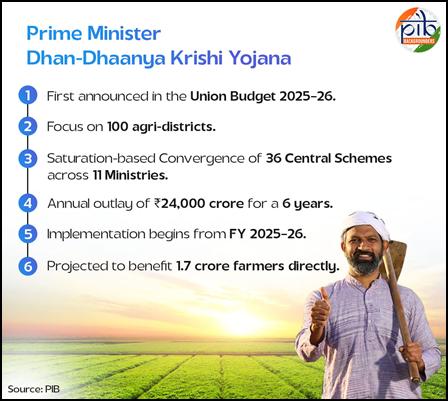
Implementation Structure
District-Level Planning and Governance
At the core of PMDDKY is the establishment of the District Dhan-Dhaanya Krishi Yojana (DDKY) Samiti in each district, chaired by the District Collector or Gram Panchayat, including progressive farmers and departmental officers. The responsibilities of the Samiti include:
-
Preparing a District Agriculture & Allied Activities Plan
-
Conducting stakeholder consultations
-
Assessing cropping patterns and agro-ecological conditions
-
Aligning activities with national priorities such as:
-
Crop diversification
-
Soil and water conservation
-
Organic farming
-
Achieving self-sufficiency in food grains
-
Progress is meticulously tracked through 117 Key Performance Indicators (KPIs) uploaded to a central dashboard and reviewed on a monthly basis, enabling dynamic monitoring and data-driven decision-making.
Multi-Tier Governance
PMDDKY employs a three-tier governance framework:
-
District-level Committees: Responsible for local implementation, stakeholder engagement, and monitoring day-to-day activities.
-
State-level Steering Groups: Facilitate convergence of schemes, provide technical oversight, and address operational bottlenecks.
-
National-level Oversight: Two central teams under Union Ministers and Secretaries ensure strategic alignment, coordination between ministries, and resolution of implementation challenges.
Additionally, Central Nodal Officers conduct field visits, interact with district teams, and ensure timely execution of activities.
Institutional and Knowledge Support
To integrate scientific guidance and capacity building, PMDDKY collaborates with:
-
NITI Aayog: Offers strategic advice, monitors progress, and oversees the digital dashboard.
-
Agricultural Universities: Paired with each district as technical knowledge partners, they provide science-based planning, training, and locally tailored solutions.
This combination of institutional support, technology, and local expertise ensures that the scheme not only addresses immediate productivity challenges but also lays the groundwork for long-term agricultural sustainability.
Key Features and Benefits
-
Climate Resilience: Promotes soil health, water conservation, and diversified cropping systems to mitigate climate risks.
-
Market Orientation: Encourages farmers to adopt practices that enhance market linkages and value addition.
-
Holistic Development: Convergence of 36 central schemes across 11 ministries, alongside state and private initiatives, ensures integrated development.
-
Technology-Driven Monitoring: Real-time dashboards, district ranking, and farmer apps foster transparency and data-driven decision-making.
-
Inclusive Reach: Targets farmers across all socio-economic strata, ensuring equitable access to resources and benefits.
Conclusion
The PM Dhan-Dhaanya Krishi Yojana represents a paradigm shift in India’s agricultural policy, moving from fragmented support to integrated, convergence-driven, and technology-enabled interventions. By combining district-specific planning, multi-tier governance, and scientific guidance, PMDDKY aims to transform low-productivity districts into models of sustainable and profitable agriculture.
Through its focus on climate resilience, market orientation, and farmer empowerment, PMDDKY aligns with India’s broader goal of food security and agricultural self-sufficiency, ensuring that farmers are not only beneficiaries of policy but active stakeholders in shaping the future of Indian agriculture.
Subscribe to our Youtube Channel for more Valuable Content – TheStudyias
Download the App to Subscribe to our Courses – Thestudyias
The Source’s Authority and Ownership of the Article is Claimed By THE STUDY IAS BY MANIKANT SINGH
